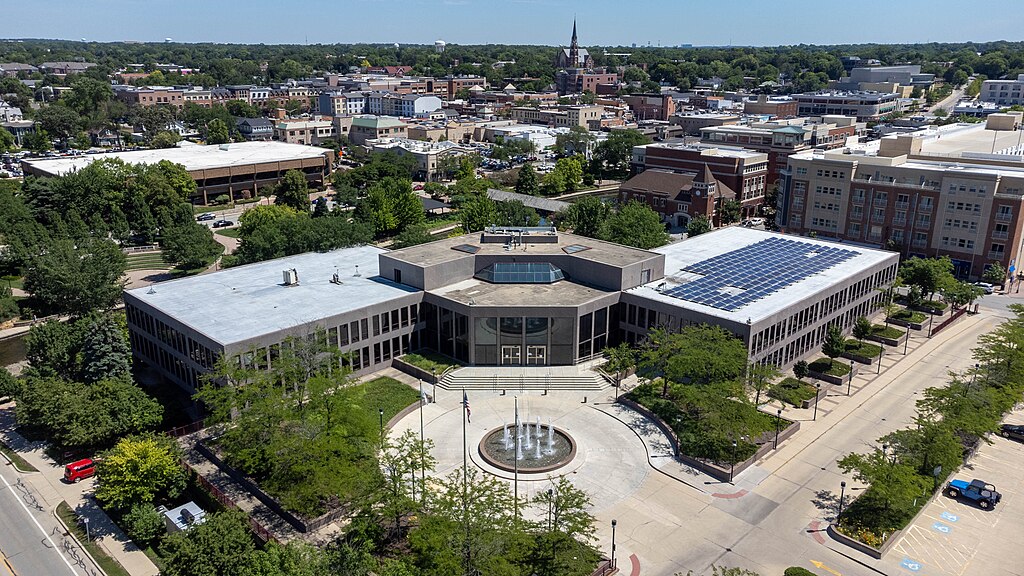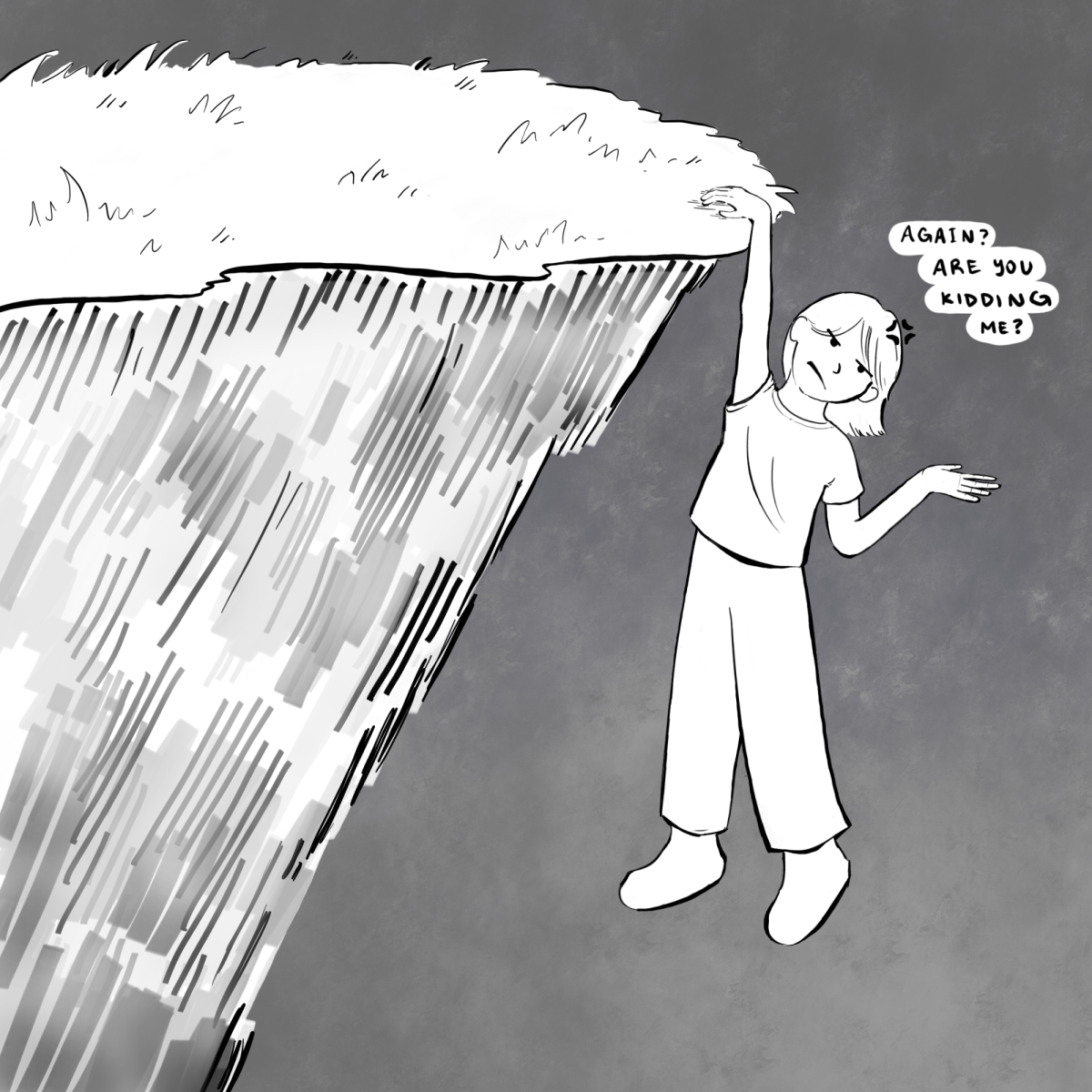2017: The worst year for natural disasters
January 23, 2018
While 2017 may have been the year of fidget spinners, slime and other questionable trends, it has also been named as one of the worst years for natural disasters.
“It’s important to know that countries around the world were greatly impacted by climate-related natural disasters in 2017,” Earth Science teacher Megan Hopkins said.
The 2017 hurricane season has been the seventh worst year on record. There were 17 named storms and six of them were major hurricanes. Hurricanes Harvey, Jose, Irma and Maria have been the big names in 2017, reaching category 4 and 5 intensities. Many of these disasters had hit areas in high population density, racking up billions of dollars in damages.
“[2017] financially was the most damaging year on record compared to any other year,” Earth Science teacher Michael Jarvis said. “I think that the biggest things were that hurricanes that made landfall hit in very populated areas, which was why the financial numbers were so high, but they were also still really strong when they hit landfall.”
2017 has also been the third hottest year on record. California had suffered from a serious drought leading to the worst wildfire in the state’s history. The intense wildfire had weakened the vegetation keeping the soil in place, which proved to be disastrous when California experienced abnormal amounts of rain, ultimately resulting in devastating landslides.
Similarly, many areas around the world were affected by the large amount of rainfall. Areas like South Asia, Sri Lanka, China, Peru and Zimbabwe experience severe floods. Many of these floods had hit well populated areas, resulting in high damages.
While devastation of the hurricanes and wildfires seem like signs for impending doom, it is important to remember that there have always been natural disasters throughout Earth’s history. However, the increasing frequency and intensity of these natural disasters suggests that human activity have a role too.
For example, the increasing temperatures create warmer ocean waters that hurricanes can thrive on. Both Jarvis and Hopkins emphasized that climate change is an important factor in natural disasters and will continue impacting our lives.
“The effects we are seeing now aren’t the effects of our actions, these are the results of actions taken 50 years ago, carbon dioxide stays in the atmosphere for 50-55 years after it gets up there,” Jarvis said.
It is paramount for people to be aware of the state of the environment so they can act accordingly. People will have to learn to adapt to a more extreme environment, having to deal with the results of past actions. Jarvis said that the earth will always move on with or without humans.
“We need to learn how to best prepare ourselves for what is happening now as well as the future,” Hopkins said.
Even for the average person, there are many things to do that can help improve the situation of the earth. Little things do matter. Simple actions such as recycling, choosing a sweater over a heater and walking more, can build up. Hopefully, the natural disasters of 2017 will teach people to be more environmentally conscious.







